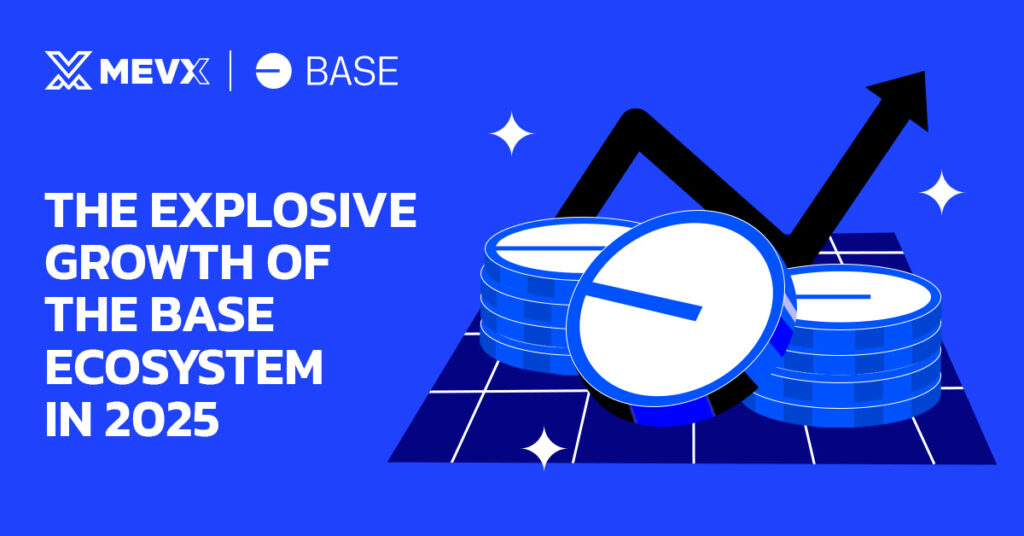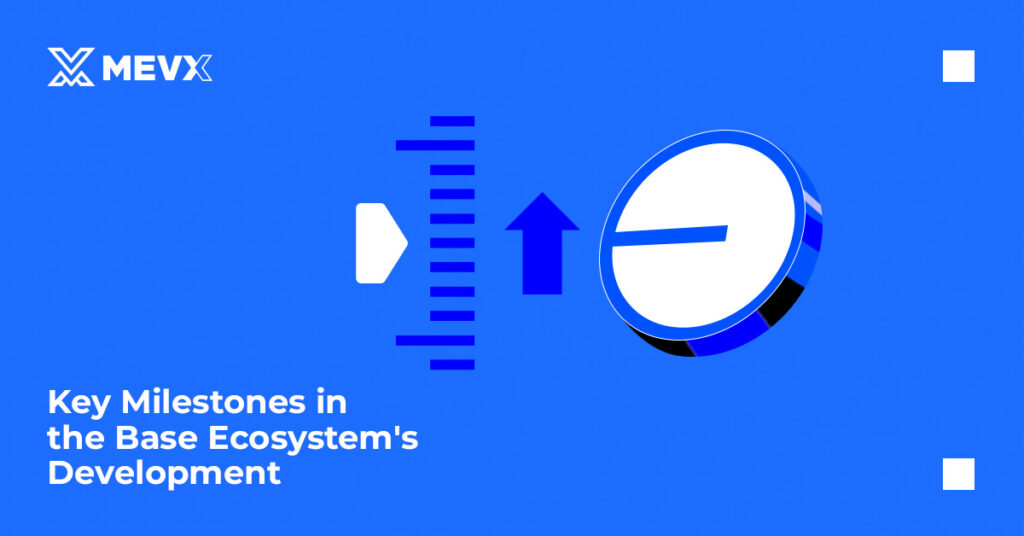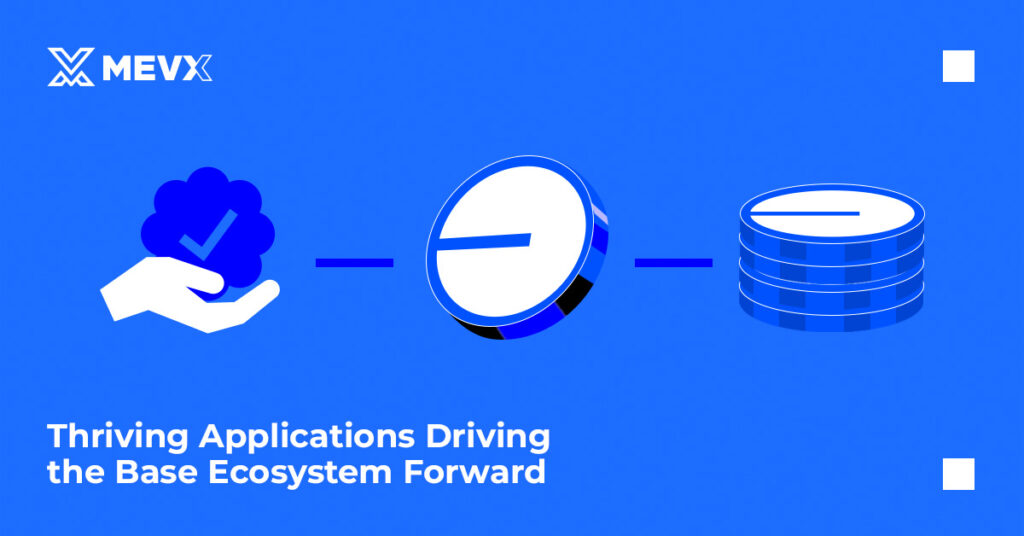As an Ethereum Layer 2 solution developed by Coinbase, the Base ecosystem is redefining scalability, accessibility, and innovation. With its focus on building a global on-chain economy, Base has seen remarkable advancements this year, drawing in millions of users and billions in value. But what exactly is fueling this surge, and how are its applications transforming the crypto landscape? Let’s dive in.

Key Milestones in the Base Ecosystem’s Development
The Base ecosystem has made significant strides in enhancing performance and decentralization throughout 2025. Starting from a solid foundation, it boosted blockspace capacity from 30 Mgas/s to 50 Mgas/s in Q2, with ambitions to hit 250 Mgas/s by year-end. This upgrade has dramatically improved transaction speeds and reduced costs, making it more appealing for everyday users.
A standout feature is the introduction of Flashblocks, slashing block confirmation times from 2 seconds to just 200ms. This positions Base as one of the fastest EVM-compatible chains, even outpacing competitors like Solana in certain metrics.

On the security front, achieving Stage 1 decentralization has bolstered network resilience, while new privacy tools enable global on-chain account verification without compromising user data.
These enhancements have propelled the Base ecosystem‘s total value locked (TVL) from $300 million to over $4 billion, handling 53% of all crypto transactions and attracting $7.9 billion in net inflows.
With 18.5 million active addresses, up from 2.7 million last year, Base is clearly on a trajectory to onboard 25 million users and process 1 billion transactions by October.
Thriving Applications Driving the Base Ecosystem Forward
At the heart of the Base ecosystem‘s success are its diverse applications, spanning DeFi, AI, gaming, and creative economies.
Developers are flocking to build on Base due to its EVM compatibility and low fees, fostering a vibrant hub of innovation.

- DeFi Powerhouses: Projects like AerodromeFi serve as automated market makers and liquidity hubs, while SeamlessFi offers seamless borrowing and lending protocols, enhancing financial accessibility.
- AI Integrations: Virtuals Protocol introduces AI-powered trading assistants, and Edenlayer enables collaborative AI protocols, blending blockchain with machine learning for smarter on-chain interactions.
- Gaming and Creativity: ProofOfPlay provides API marketplaces for in-game transactions, and tools like MaestroBots support trading bots on platforms such as Zora V4. Additionally, Farcaster aids creators in monetizing content on-chain.
- Institutional Ties: Major players like JPMorgan have issued stablecoins on Base, and integrations with Bitget Wallet have expanded reach, with AI agent tokens surpassing $100 million in market cap.
These applications highlight how the Base ecosystem is not just about transactions, it’s about creating real-world utility, from cross-chain swaps via DefinitiveFi to on-chain identity management with Sub Accounts.
The Base Ecosystem’s Path to Mainstream Adoption
As 2025 progresses, the Base ecosystem is gearing up for even bigger leaps. Without issuing its own token, Base emphasizes infrastructure and credibility to attract mainstream users.
Initiatives like Base Batches, Buildathons, and Builder Rewards are incentivizing developers, while a focus on AI, DeFi composability, and cross-chain interoperability aims to bring billions on-chain.
Despite a brief 29-minute outage in early August, the network recovered swiftly and continues to lead in L2 fee revenue.
The Base ecosystem‘s evolution signals a shift toward a more inclusive digital economy. With surging developer activity and ecosystem tokens rallying, it’s poised for exponential growth.
Stay ahead of the curve, follow our MevX blog for the latest insights on emerging blockchain ecosystems!
Share on Social Media:
